who says it’s out of style?
November 23, 2023
Imagine mixing and matching different styles from different times, being allowed to pick them from the most prestigious and interesting museum and vintage archives worldwide. How would it all look when you put it together?
Our first collection features 3D replicas of garments from different eras and contexts, and we had some fun styling them together into three outfits.
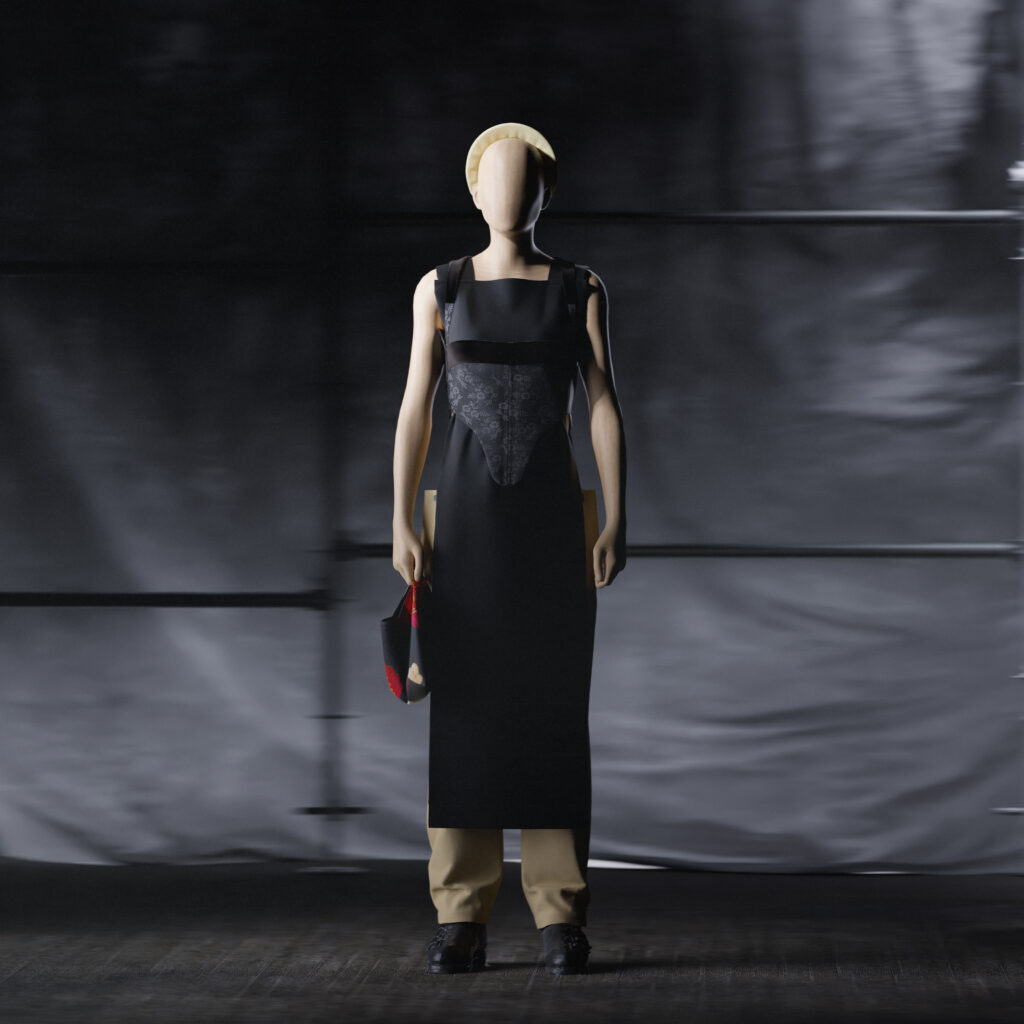
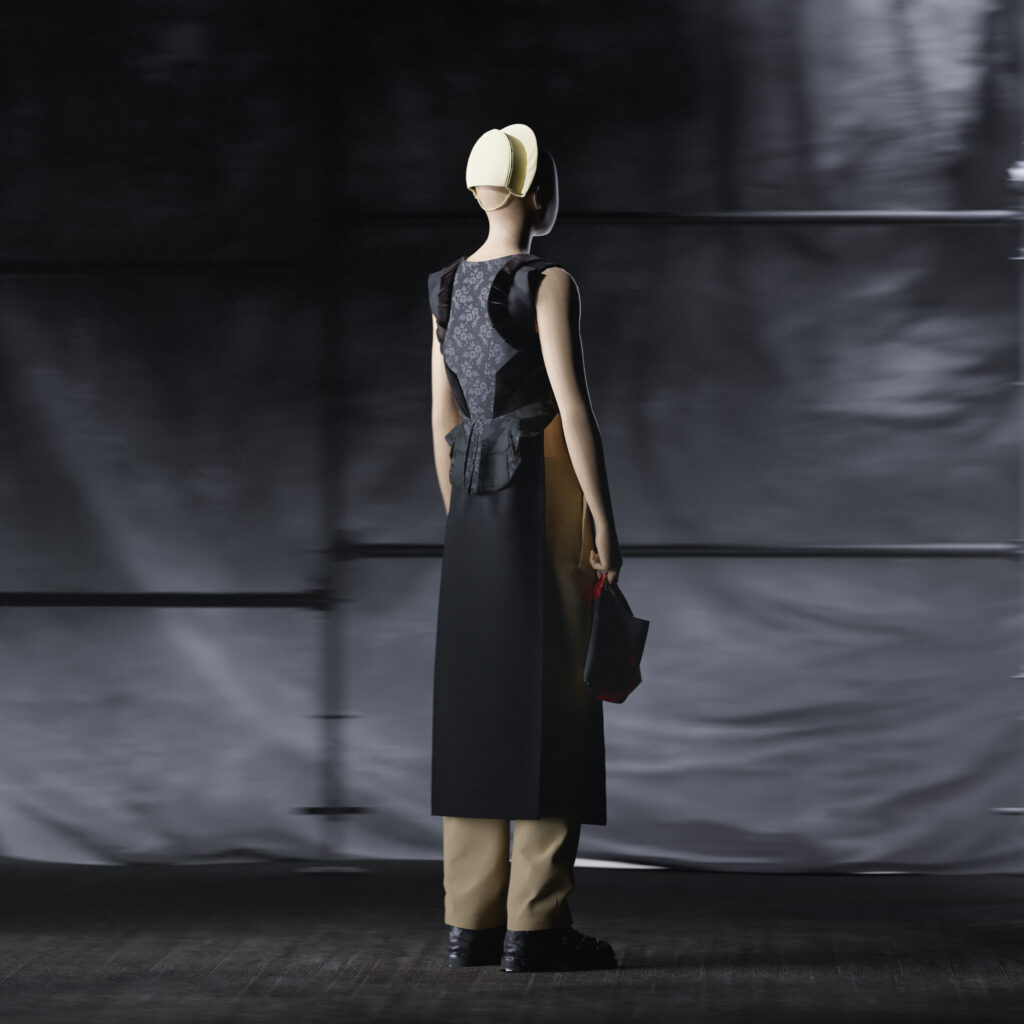
The first silhouette pairs 1943 front-fall trousers, with a black wool monastic scapular.
The detailed Italian corset with black velvet trimming from the late 18th century, found at Angelo Vintage archive in Ravenna, Italy, gives shape to the bust and waist on top of the austere apron. The jacquard flower fabric and the pleated details on the tail of the corset overshadow that aura of catholic devotion and humbleness to recontextualise the scapular into contemporary wear, without the need to take Benedictines’ vows.

On the small furoshiki bag a japanese-looking floral motif is painted on a black lightweight silk jacquard.
Our team gasped in awe when they saw a beautiful pair of French mid-century ski boots being unboxed in the MoMu library, and decided their (somehow) post-apocalyptic allure was the perfect addition to the three outfits. Some of us wish they could walk away from the museum wearing them…
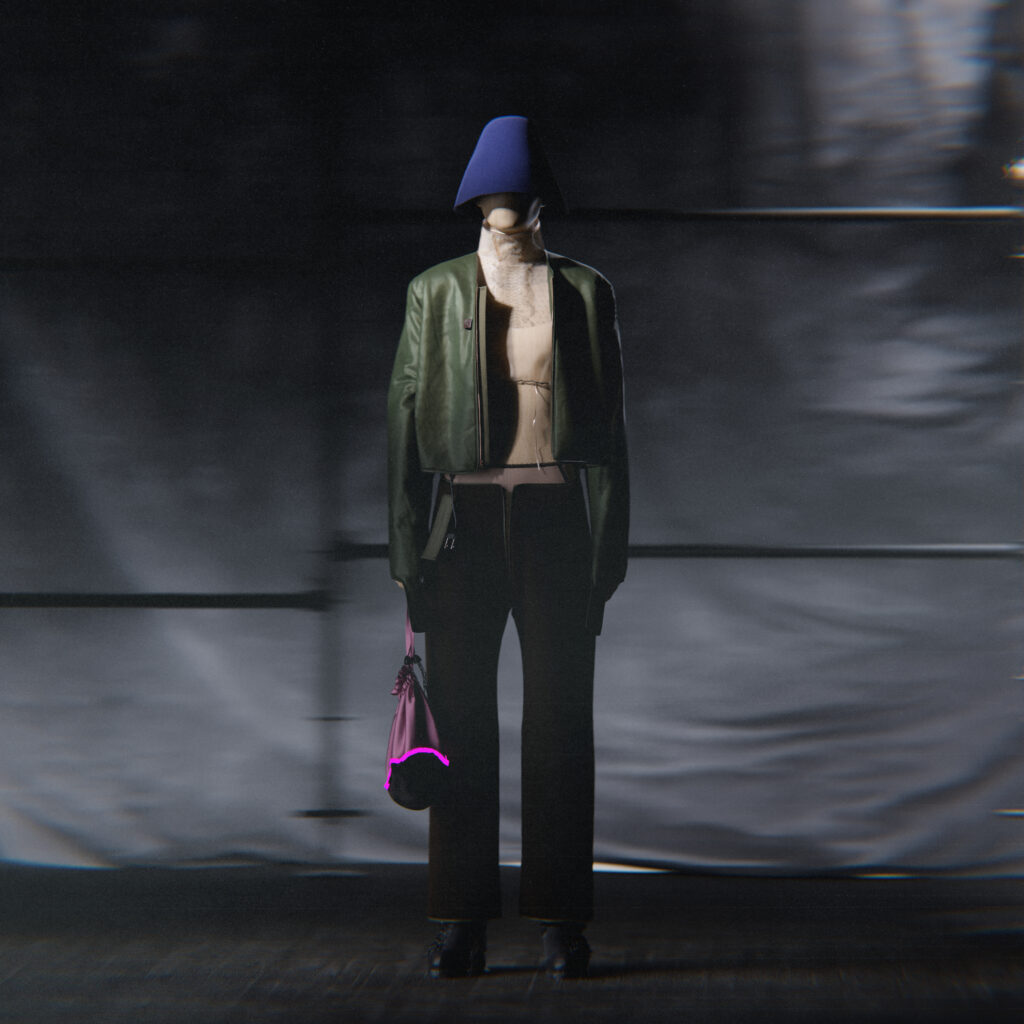
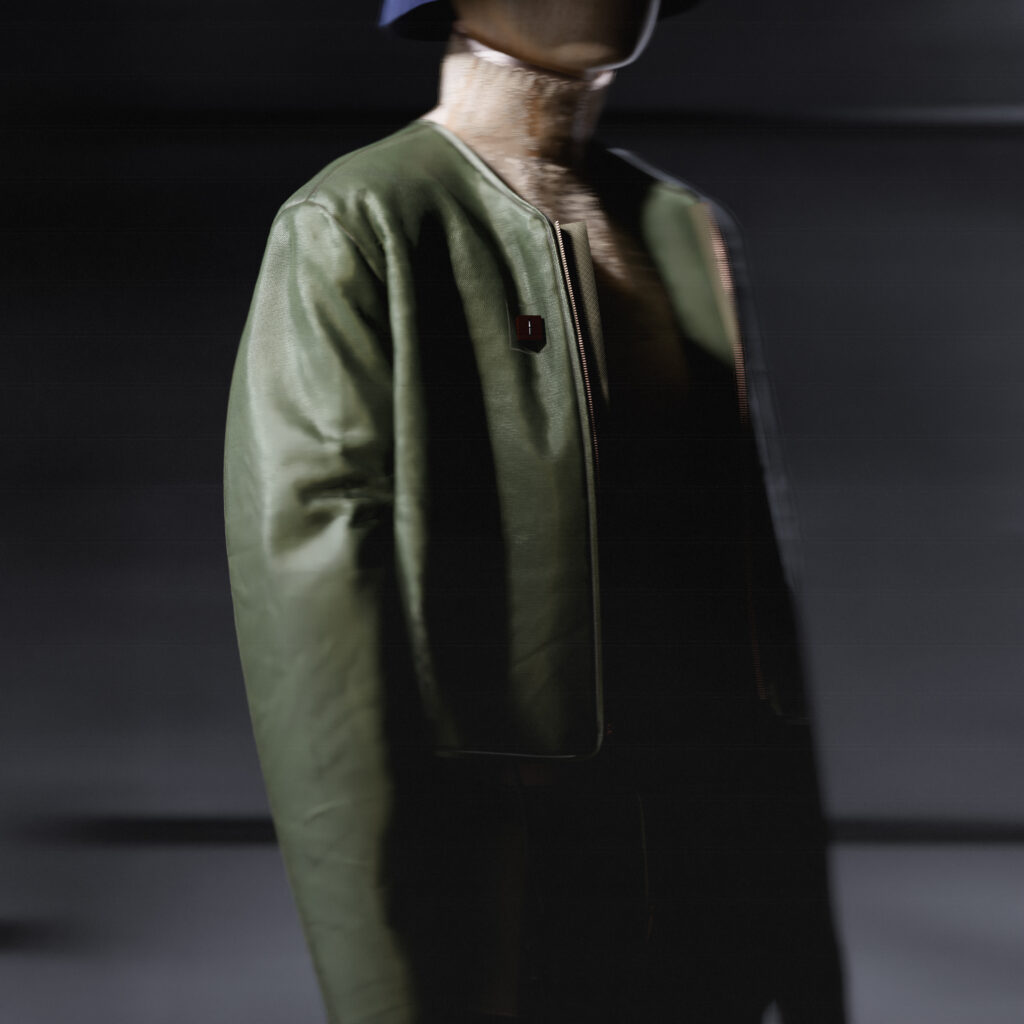
For our second ensemble, we paired a World War II Flight Uniform – found at Archivio Storico Vintage in Reggello, Italy, with an impalpable embroidered silk chemisette from the first decade of the 20th century, which is part of the ModeMuseum Antwerpen Study Collection.
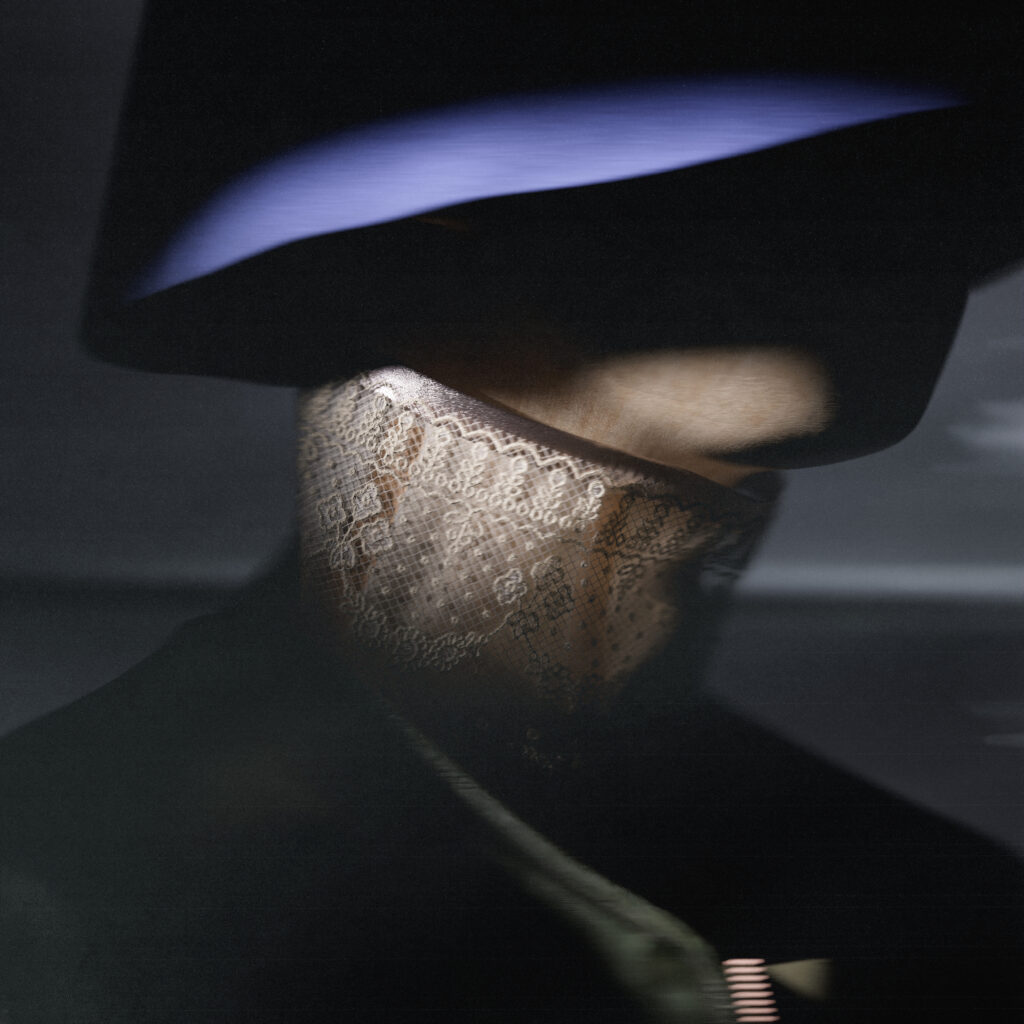
To create further contrast with the utilitarian feeling of the military heated set and the stiff look of the leather ski boots, we added a silky soft pink reticule that someone made in the late 90s, referencing a model from a 1820 fashion magazine. The headpiece is not actually a hat, but a wool felt cone, a material used by millineries as a starting point to steam-mold actual hat styles. We liked it for its unfinished look and bright blue colour that livens up the look.
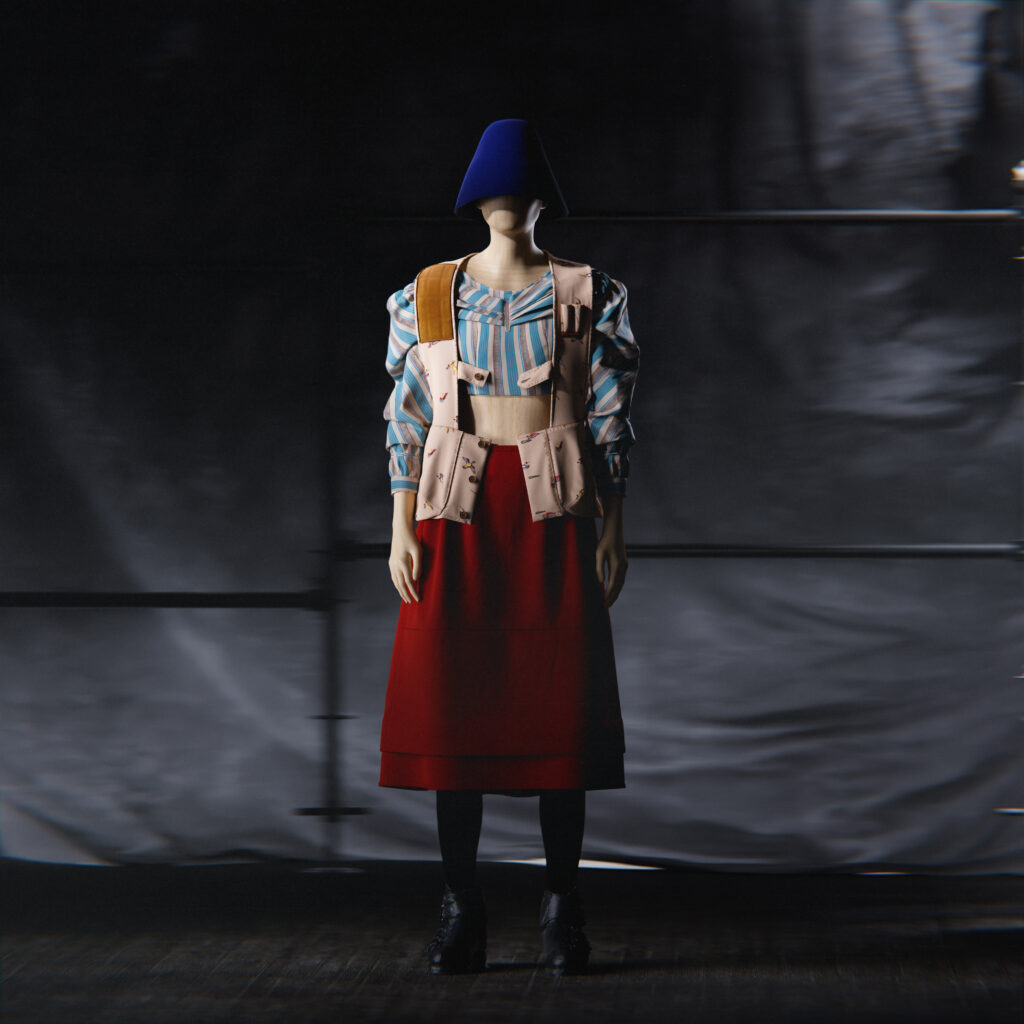
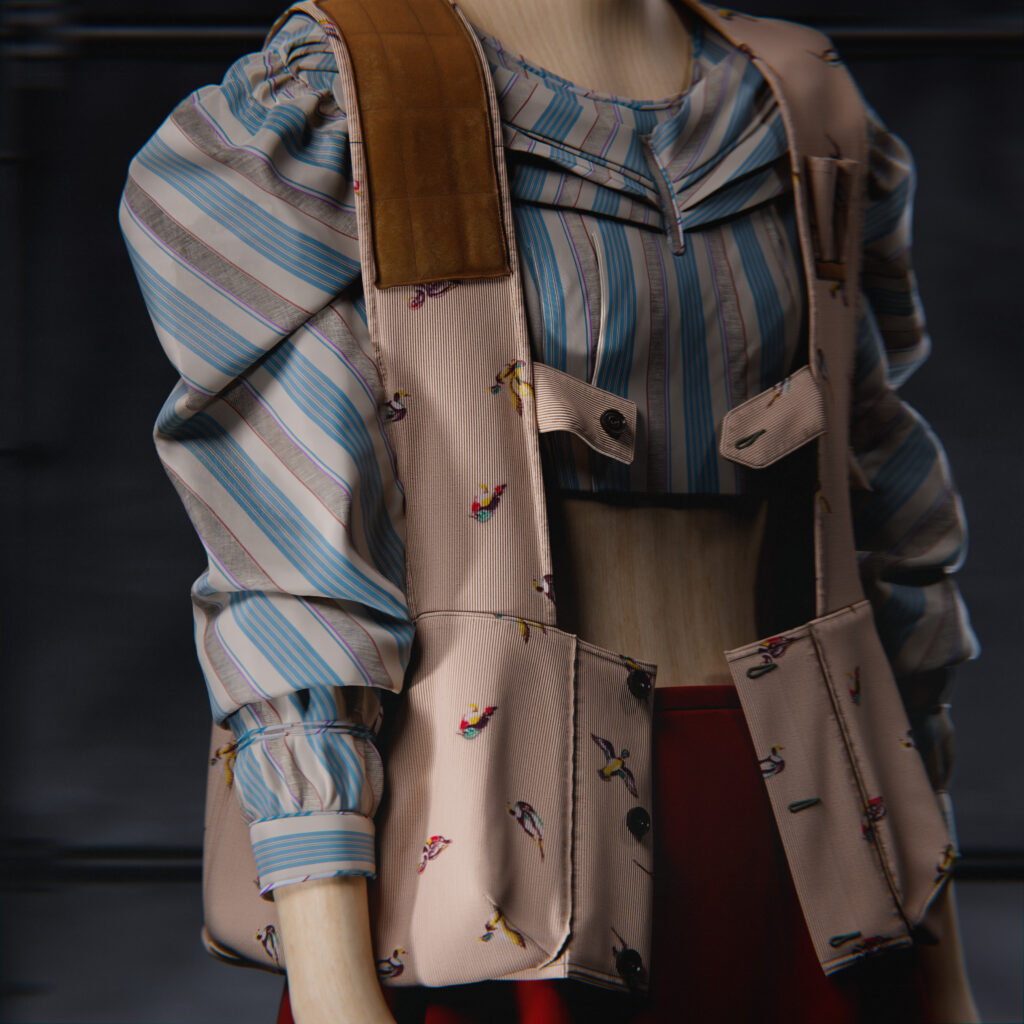
Our third and last outfit is the most whacky and playful one – mixing and matching bold colours and different prints. Who needs an extra skirt on top when this red wool underskirt is so beautiful already? Made in the 1960s, it is part of the ensemble for a regional Dutch costume for girls. And yes, it has pockets! The 1840s striped linen bodice, that probably used to be the top part of a dress, was also made for a teenager, or a very petite person. Hence the corduroy hunting vest with a ducks print from the 50s results very oversized on top of these smaller garments, giving a more contemporary and casual vibe to the fit.

There are some interesting features about these pieces that can be used to reflect upon different aspects of garments, their manufacturing and the use we do of them.
The red underskirt for instance, has 27 small pleats in the back and two big horizontal folds that can be let down as the body grows and changes its shape, to extend the life of the garment as much as possible. The striped bodice was tailored on the bust with asymmetrical darts, to make it fit nicely and comfortably on its owner.
When was the last time you modified a piece of garment to make it fit better, instead of discarding it?
The small japanese bag is made of multiple rectangular panels that have been sewn together, suggesting that it might have been created by upcycling an old kimono fabric. When have we stopped recognizing the intrinsic value of existing materials and fabrics and how they can be repurposed to extend their life?
Even though we are using 3D replicas instead of the actual garments for our exploration, it pushes us anyway to reflect about the current state of fashion and compare the craftsmanship, details, and durability of the materials to what we are used to wearing.
We adopted this playful approach to invite our audience to think about the possibilities that being creative with styling can help express our own personal style, without the need to buy anything new.
Would our garments be so well preserved in 100 years? Will we be wearing the same garments we are wearing today in 10 years? Where is our personal responsibility towards mindful consumption of fashion items? And where does the responsibility of brands and institutions lie? Are we really aware of what quality means in garment construction and materials or have we become a little too ignorant about it?
Very complex questions, we know. We will be sharing our thoughts through our blog and social media.
Let’s talk about it – let us know what you think!
The collection is a work in progress.
A special thanks goes to Dieter Suls and Brigit Ansoms, who took the time to listen to our rambling ideas and gave us access to MoMu’s Study Collection’s items that you can see on this website.
We share a communal interest and vision regarding the publication of open source educational material surrounding fashion history and pattern making techniques and, in general, making archival fashion more accessible.
Our collaboration is ongoing and we will soon tell you more about it.
We want to thank the archivists that allowed us to access their collections at Angelo Vintage and Archivio Storico.
